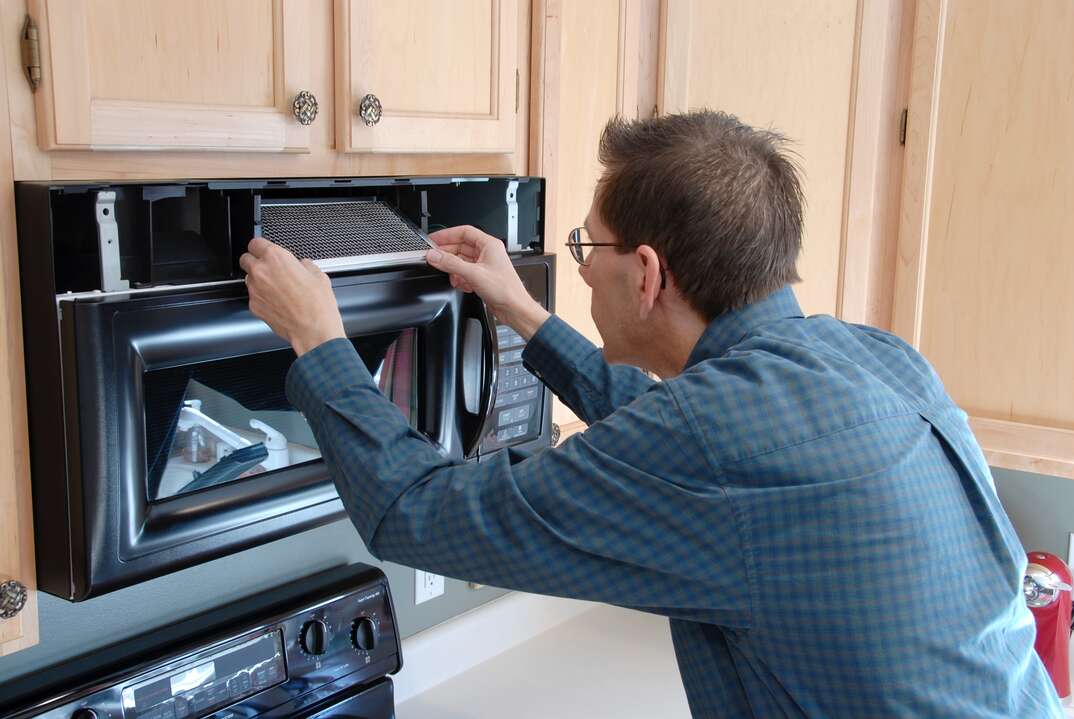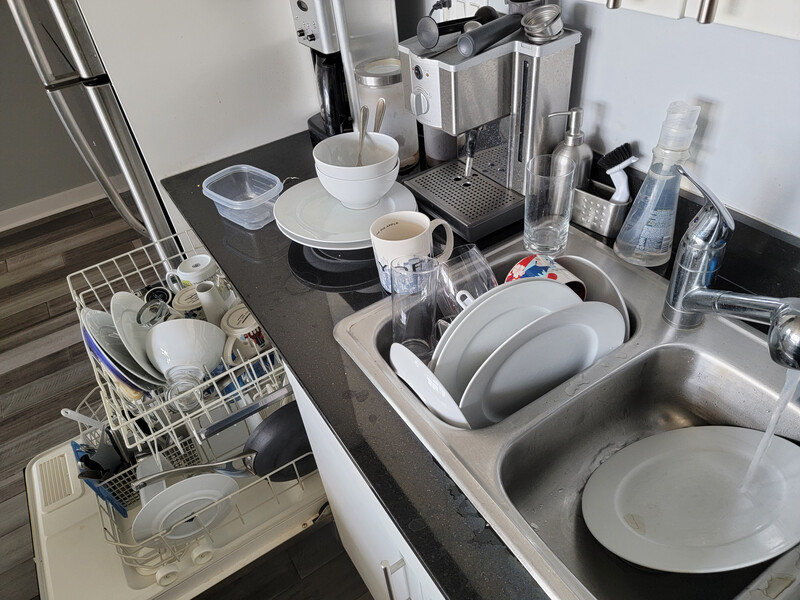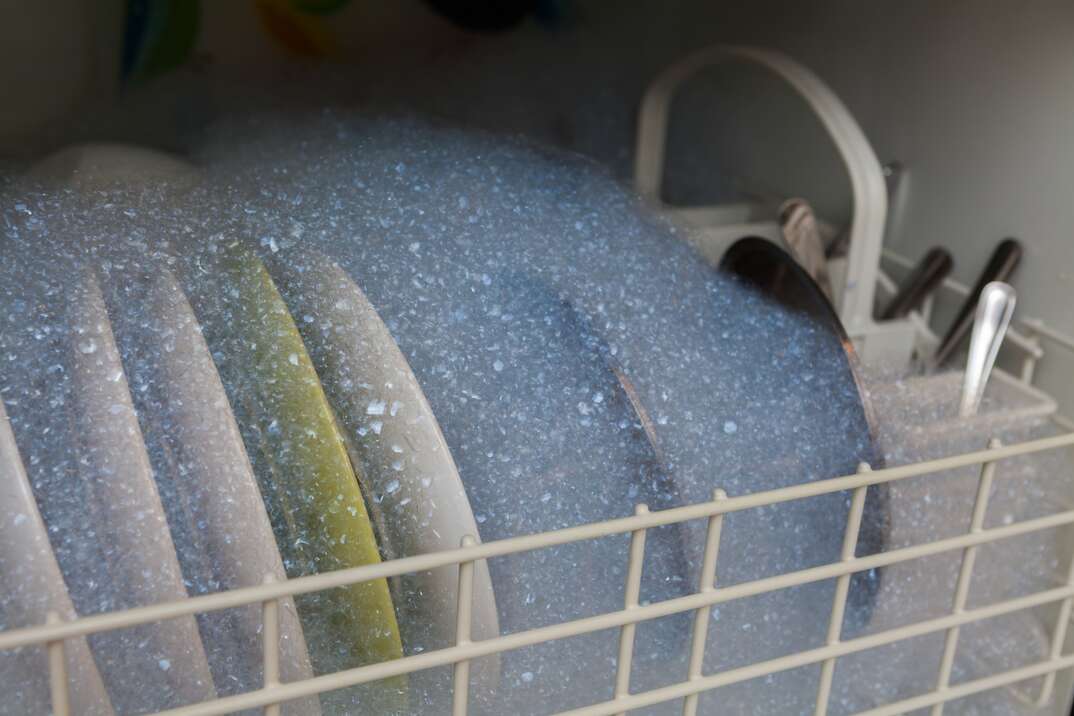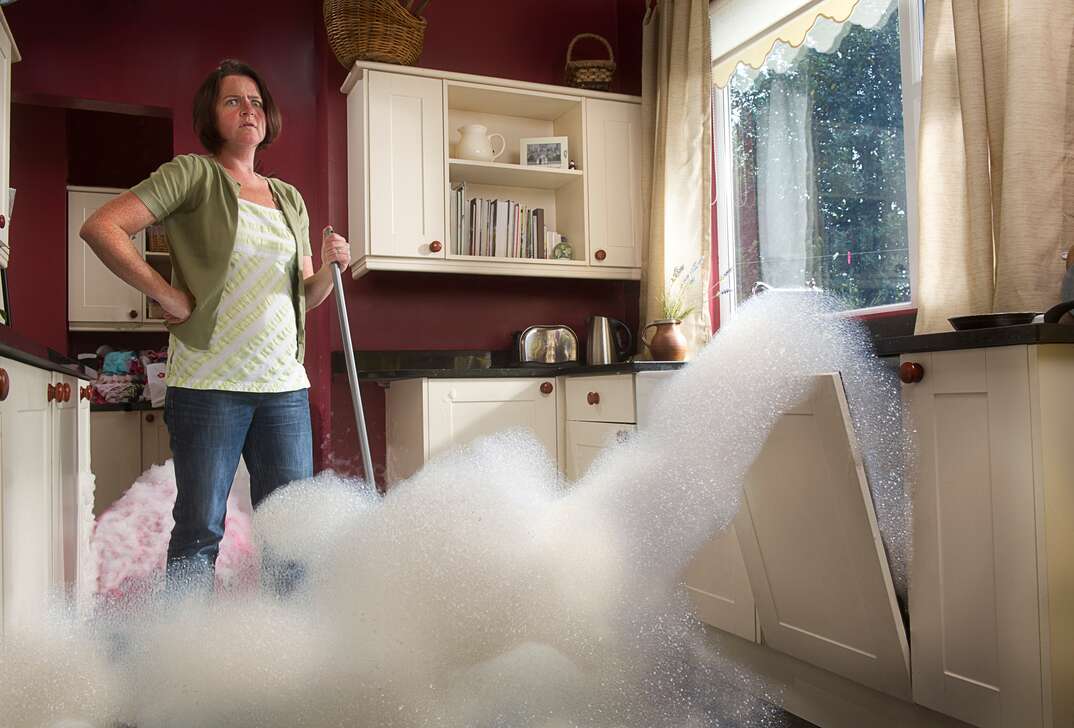Introduction
The bottom of your dishwasher is an essential area to keep clean as it accumulates food particles, grease, and other debris over time. A clean dishwasher not only ensures better cleaning performance but also helps prevent unpleasant odors and potential clogs. In this comprehensive guide, we will provide you with a step-by-step process to effectively clean the bottom of your dishwasher. From removing the filter to tackling stubborn buildup, each step will contribute to a sparkling and odor-free dishwasher.

How do I clean the bottom of my dishwasher?
I. Gathering the Necessary Supplies
-
Rubber Gloves:
- Wear rubber gloves to protect your hands from any debris, cleaning agents, or hot water.
-
Cleaning Solution:
- Prepare a cleaning solution. You can create a mixture of equal parts warm water and vinegar or opt for dishwasher-specific cleaning products.
-
Soft Brush or Toothbrush:
- Have a soft brush or toothbrush on hand to scrub away stubborn stains and buildup.
-
Clean Towels or Rags:
- Keep clean towels or rags nearby to mop up excess water or to wipe down surfaces.

II. Removing the Dishwasher Filter
-
Locate the Filter:
- The dishwasher filter is typically located at the bottom of the dishwasher. Look for a cylindrical filter holder or a flat mesh filter.
-
Remove the Filter:
- Depending on your dishwasher model, remove the filter by twisting it counterclockwise or lifting it up gently. Refer to your dishwasher’s manual if you need specific instructions.
-
Rinse and Soak the Filter:
- Thoroughly rinse the filter under warm water to remove any loose debris. Fill a sink or basin with warm water and soak the filter for at least 15 minutes to remove stubborn grease and buildup.
-
Scrub the Filter:
- Use a soft brush or toothbrush to gently scrub the filter, paying attention to any clogged or stuck areas. Be thorough but gentle to avoid damaging the filter.
-
Dry and Reinstall the Filter:
- After cleaning, ensure the filter is completely dry before reinstalling it. Once dry, place the filter back into its designated slot, following the instructions in your dishwasher’s manual.
III. Cleaning the Bottom of the Dishwasher Tub
-
Clear Debris:
- Check the bottom of the dishwasher tub for any visible debris, such as food particles or larger deposits. Use a paper towel or soft cloth to wipe away loose debris.
-
Wipe Down Surfaces:
- Dampen a clean cloth or sponge with the prepared cleaning solution. Wipe down the bottom surfaces of the dishwasher, including the floor, sides, and corners. Pay particular attention to areas with visible stains or buildup.
-
Scrub Stubborn Stains:
- For stubborn stains or hardened residue, use a soft brush or toothbrush dipped in the cleaning solution to gently scrub the affected areas. Use small, circular motions to dislodge the stains and debris. Be careful not to scratch the surfaces.

-
Clean Hard-to-Reach Areas:
- Some dishwashers have hard-to-reach areas, such as around the spray arm or the edges of the tub. Use a toothbrush or a soft brush with narrow bristles to reach these areas and scrub away any buildup or residue.
-
Rinse and Wipe Dry:
- Rinse the bottom of the dishwasher with warm water to remove any cleaning solution residue. Wipe the surfaces dry with a clean towel or cloth.
IV. Clearing the Drain
-
Locate the Drain:
- The drain is usually found at the bottom of the dishwasher near the back. It may be covered by a grate or filter.
-
Remove the Grate or Filter:
- Lift off the grate or filter covering the drain. Some models may require twisting or unscrewing to remove it. Refer to your dishwasher’s manual for specific instructions.
-
Remove Debris:
- Inspect the drain area for any debris or clogs. Use a paper towel or gloved hand to carefully remove any visible food particles or obstructions.
-
Clear with Vinegar Solution:
- Prepare a solution of equal parts warm water and vinegar. Pour this solution into the drain to help clear away any buildup or odor-causing residue.
-
Flush with Water:
- After a few minutes, flush the drain with warm water to rinse away the vinegar solution and loosened debris. Use a sink sprayer or a gentle stream of water from a pitcher or cup.
-
Reinstall the Grate or Filter:
- Once the drain is clear, securely reinstall the grate or filter, making sure it is properly seated and aligned.
V. Final Steps
-
Run a Hot Cycle:
- To further clean and freshen the dishwasher, run a hot cycle with no dishes or detergent. Set the dishwasher to the longest and hottest cycle available.
-
Wipe Down the Exterior:
- While the dishwasher is running its hot cycle, take the opportunity to wipe down the exterior surfaces, including the door, control panel, and handle. Use a damp cloth or sponge and a mild cleaner suitable for the materials.
-
Regular Maintenance:
- To maintain a clean dishwasher, establish a regular maintenance routine. This includes regularly cleaning the filter, wiping down surfaces, and ensuring food particles are scraped off dishes before loading.

VII. Additional Tips for Dishwasher Maintenance
-
Use Dishwasher Cleaner:
- Periodically, use a dishwasher cleaner specifically designed to remove grease, limescale, and other buildup. Follow the instructions on the cleaner’s packaging for the recommended frequency and usage.
-
Keep the Seals Clean:
- Clean and inspect the door seals regularly to prevent the accumulation of dirt, debris, and mold. Use a damp cloth or sponge to wipe down the seals, paying close attention to any visible buildup.
-
Run Vinegar Cycles:
- To maintain the cleanliness of your dishwasher, run a cycle with white vinegar every few months. Fill a dishwasher-safe container with white vinegar and place it on the top rack of an empty dishwasher. Run a hot cycle to help remove lingering odors and any residual buildup.
-
Scrub Spray Arms:
- Remove the dishwasher’s spray arms for regular cleaning. Rinse them under warm water to remove any food particles or debris. Use a toothpick or small brush to clean out clogged spray holes.
-
Check and Clean the Float Switch:
- The float switch located at the bottom of the dishwasher tub helps regulate water levels. Periodically, check the float switch to ensure it is free from any obstructions or buildup. Clean it if necessary using a soft cloth or sponge.
-
Inspect the Water Inlet Valve:
- The water inlet valve supplies water to the dishwasher. If you notice any water flow issues, leaks, or strange noises, inspect the valve for any clogs or damage. If necessary, contact a professional technician to repair or replace the valve.
-
Clean the Silverware Basket:
- Remove the dishwasher’s silverware basket and clean it separately using warm, soapy water. Pay attention to any caked-on food or debris in the basket’s compartments.

VI. Conclusion: A Fresh and Clean Dishwasher
By following these step-by-step instructions for cleaning the bottom of your dishwasher, you can ensure optimal performance and freshness. Regular maintenance and clearing of debris, coupled with periodic deep cleaning, will keep your dishwasher functioning efficiently and prolong its lifespan. With a clean and odor-free dishwasher, you can enjoy spotless dishes for every meal.

